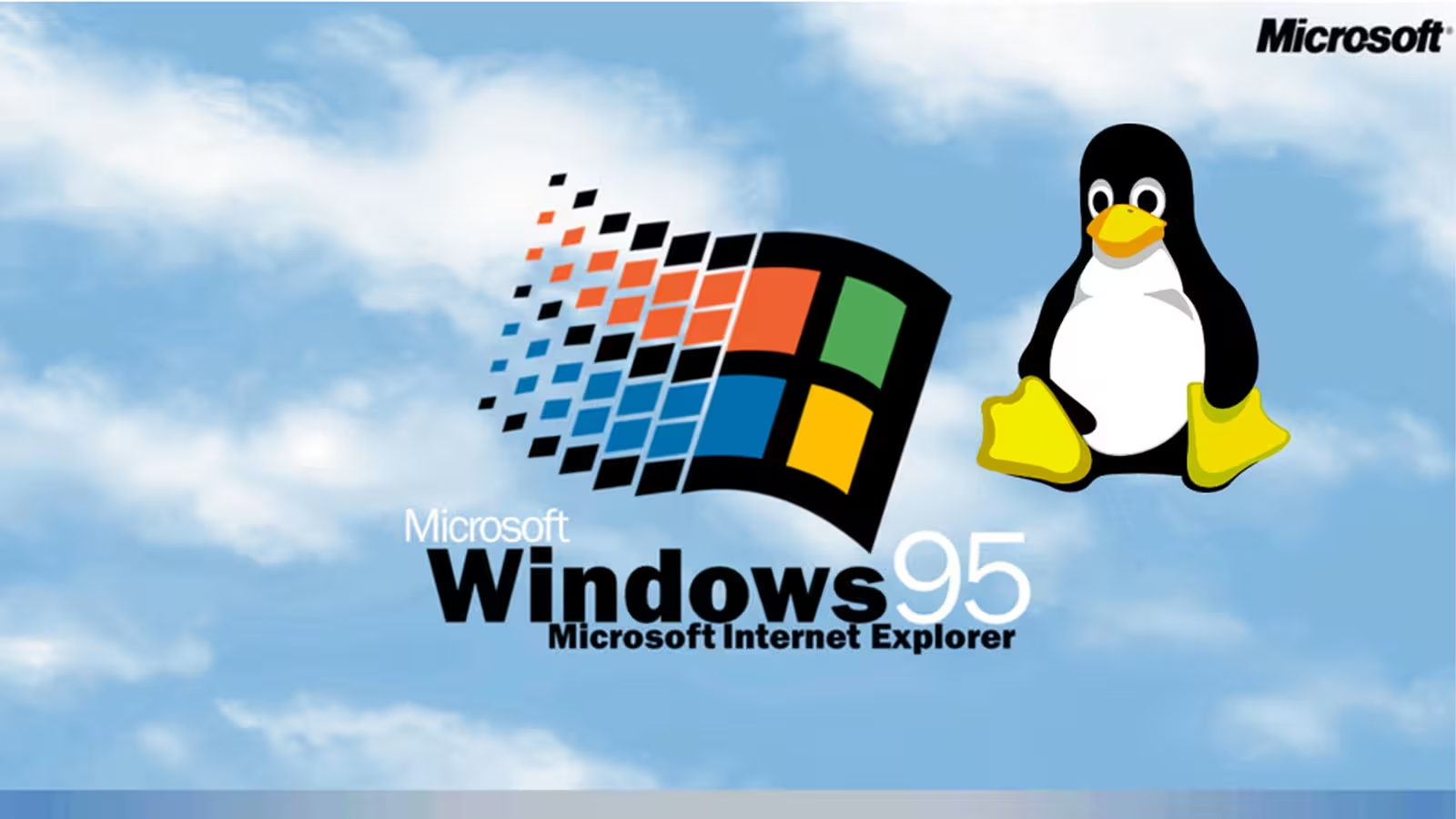3 Minutes
The Unlikely Story Behind Windows 95’s Robust Compatibility
In the history of personal computing, few operating systems have had as profound an impact as Microsoft’s Windows 95. But the journey to its legendary stability wasn’t without unexpected obstacles—including a failed $10,000 software purchase that led to an ingenious fix.
Egghead Software, a Shopping Cart Crash, and Quick-Thinking Engineers
The story, recently revisited by veteran Microsoft engineer Raymond Chen, highlights the creative spirit at the heart of Windows 95’s development. In an era where operating system compatibility was a key differentiator, the lead of the Windows 95 development team decided to stress-test the new OS with the widest possible range of software. To do this, he set out to buy a single copy of every application available at the famed Egghead Software store.
Once the haul of software reached over $10,000 in value, the store’s register simply crashed. It turns out the point-of-sale (POS) system was not built to handle such large, cash-based purchases, assuming bulk orders would only go through official procurement channels. Despite this technical setback, the Microsoft team lead split the transaction into smaller purchases—creatively sidestepping the system’s limits and acquiring every program needed for exhaustive compatibility testing.
Innovative Internal Testing: A Blueprint for OS Reliability
Back at Microsoft headquarters, the collection of software was distributed to team members in a unique experiment. Each developer picked two programs, installed them, and used them just like everyday customers. The team was tasked with meticulously reporting any bugs or glitches—no matter how minor—while being allowed to keep the applications they successfully tested. This approach not only encouraged rigorous quality assurance, it also turned internal testing into an engaging challenge.
Why It Mattered: Setting a New Standard for User Experience
By proactively seeking out incompatibilities and addressing them before release, Windows 95 achieved unprecedented stability and compatibility for its time. This initiative stands as a testament to the resourcefulness and commitment to user experience that defined Microsoft during this pivotal era. It also exemplifies best practices in modern software testing and cross-platform support, a lesson as relevant for today’s technology leaders as it was in the 1990s.
Market Impact and Lasting Legacy
This innovative approach contributed significantly to Windows 95’s success in the global software market, helping it become a benchmark for future operating systems. It remains a vivid reminder that technological progress often depends as much on creative problem-solving as it does on engineering prowess.
Source: windowscentral



Comments